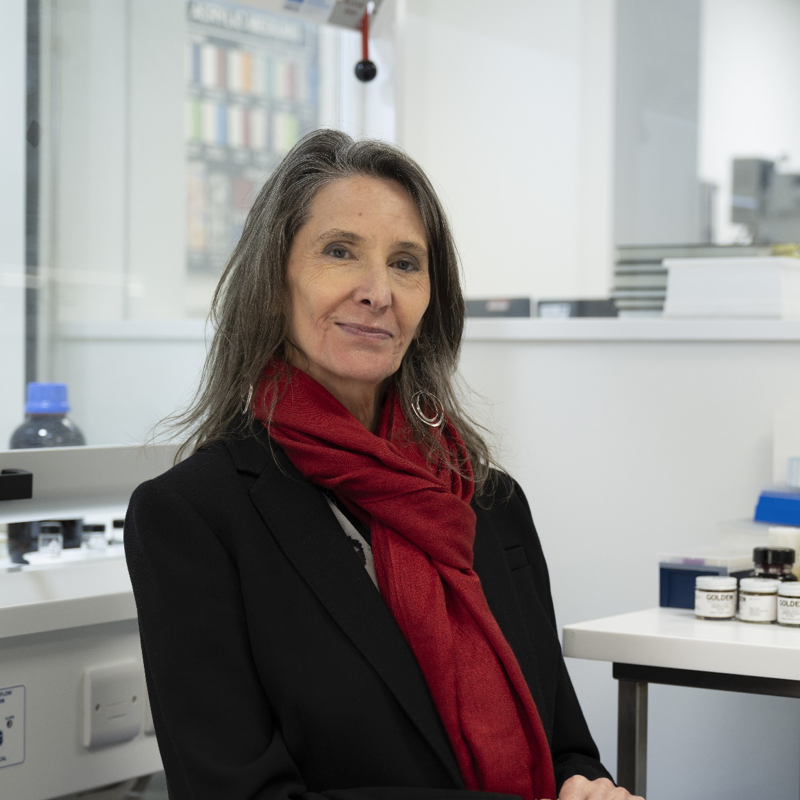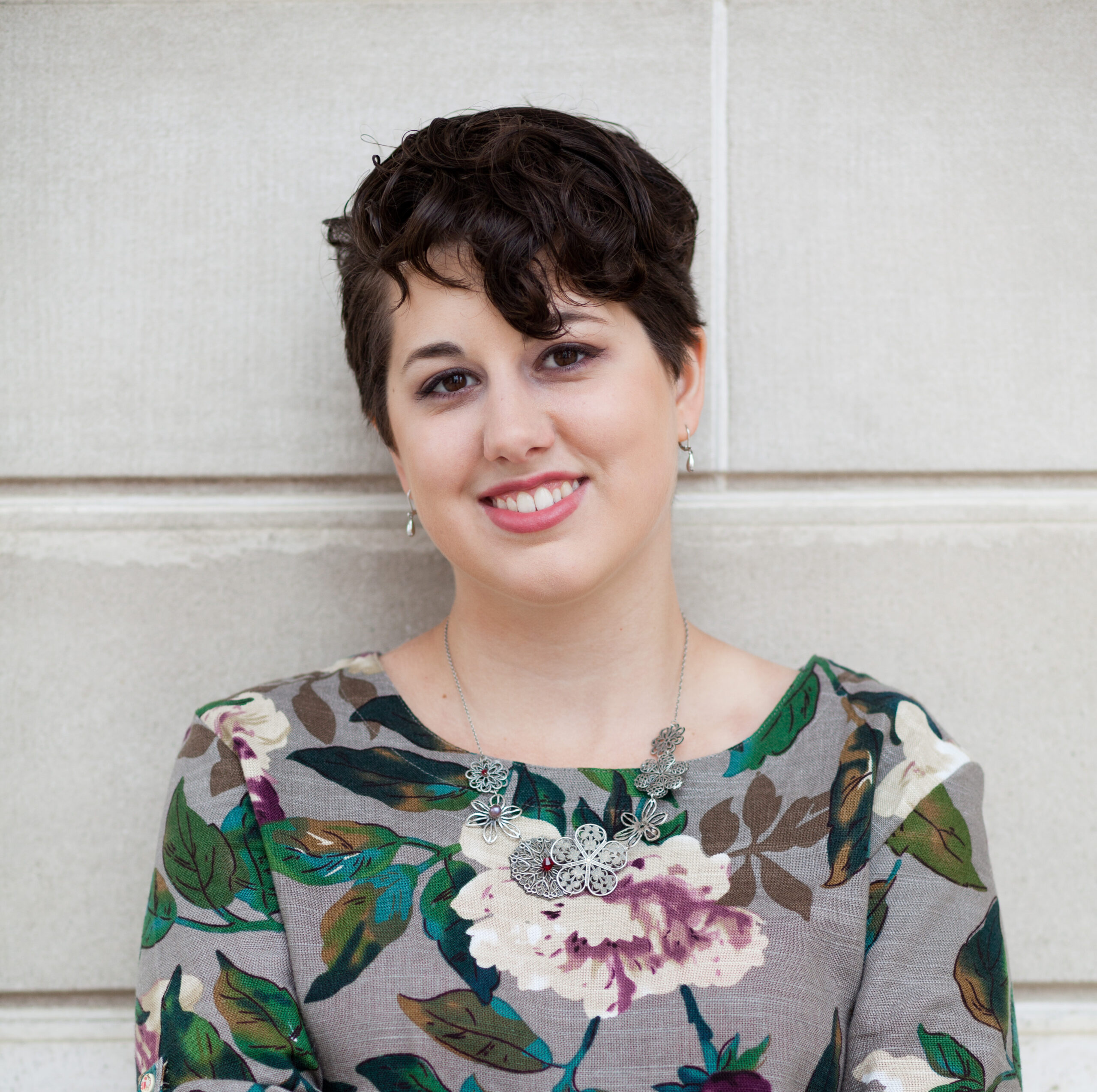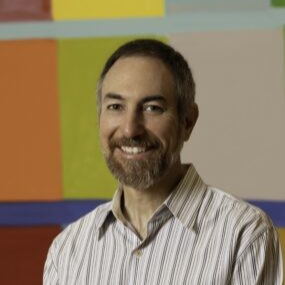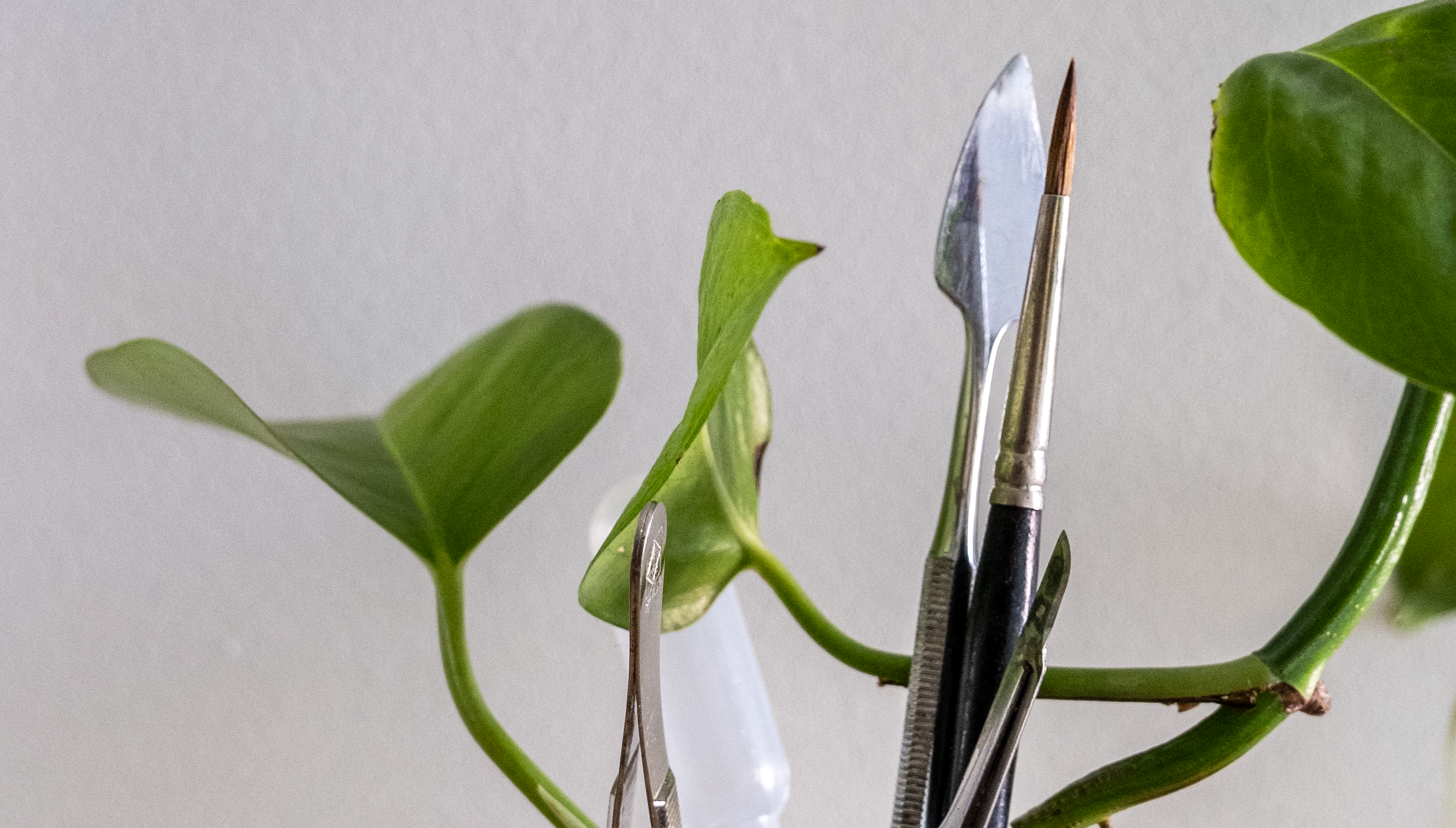BACKGROUND
> Our approach - How are we defining green for conservation
FEEDBACK
> Your feedback - we are dedicated to incorporate your input.
Take our feedback survey now!
> FAQ section - frequently asked questions from experts, surveys and focus groups - coming soon!
DEFINITION
GREEN CONSERVATION
NORMATIVE DEFINITION
Green Conservation is a sustainable approach that involves holistic, balanced decision-making to reduce health, climate and environmental hazards while adhering to professional ethics.
ASPIRATIONAL DEFINITION
Green Conservation aspires to protect cultural heritage while minimizing harmful impacts on climate, human health, environment and resources.

HOLISTIC DEFINITION FOR CULTURAL HERITAGE CONSERVATION
Conservation has a uniquely positive and powerful role to play in shaping a sustainable future: it preserves cultural heritage for current and future generations and supports economic and societal stability. Climate change and its destructive impacts endangers cultural heritage. So a vital part of cultural heritage conservation is assessing and adapting professional practices to help combat these foremost agents of change. Embedded within this sustainability context, green conservation prioritizes the environment, and human health and wellbeing, through holistic decision-making. Aligned with conservation ethics and values, it allows for future developments and considers the entirety of consequences within investigative, interventive and preventive practice. It involves a considered balancing of the impacts, before, during and after any decision or approach. Cultural heritage professionals should actively adopt a green conservation approach, with institutional support in accordance with the Economic, Social and Environmental pillars of sustainability.
GREEN CONSERVATION
Green conservation is an aspirational, consultative process and always comparative in practice. A green conservation approach is minimally harmful to the environment and humans. Aligning with the circular economy, green conservation is decarbonizing, zero-waste, accessible, and available. Green conservation is achieved through decision-making and evolving practice, which takes all these aspects into consideration in balance with professional guidelines, and current and continuing research. Green conservation practices encompass the decisions made within the context of collection management and storage, any investigative, preventive or interventive measure, their documentation, the materials used, the frequency of treatment and long-term impacts. Green conservation reinforces and furthers the positive role of conservation in the sustainability of our culture.
GREEN PARAMETERS
Descriptors for green conservation (further explained below)
Hazard impacts on human and environment
- G1 Toxicity and hazard metrics for the natural environment
- G2 Toxicity and hazard metrics for humans
Impacts on climate change
- G3 Energy – Indoor climate control impacts
- G4 Energy – Consumption in approach / application
- G5 Energy – Conservation approach / treatment-associated materials / products to be used
Impacts on resources
- G6 Availability – Water & resource use
- G7 Availability – Biodiversity impacts
- G8 Waste
- G9 Material / product selection and application method
- G10 Efficiency – Number of applications / consumption / quantities of materials / products used
- G11 Longevity of result
- G12 Accessibility – Availability of approach / used materials / products
- G13 Accessibility – Ease of use and time
- G14 Quality / value impacts of result in meeting preservation goals
A detailed summary report and two brochures were created for anyone interested in sharing the definition and parameters with your peers.
Download the digital version to share easily with colleagues and networks, or the printable version to display in your workplace.
USING THE GREEN PARAMETERS
- The parameters are intended to provide guidance in both theory and practice.
- 100 % green does not exist, and the parameters are not intended as an exhaustive list. One solution/approach will be greener with regards to some parameters, whilst another might be greener in others. There will always be a balancing aspect.
- The parameters can be considered in any order and depending on context. An example would be examining different ways to condition enclosures (with an identical result) and considering the total energy implications of each.
- The parameters can be considered in terms of only those decisions that are directly within the control of an individual professional or used to address the broadest aspects within a wider discussion involving multiple stakeholders. To support context specificity and agency, a weighting system to indicate big vs small impact items has not been applied.
- Further/future considerations can be added - if not specified here it is hoped/anticipated these can fall under one of the parameters.
THE GREEN PARAMETERS IN FURTHER DETAIL
Hazard impacts on human and environment
G1 Toxicity and hazard metrics for the natural environment
Considers the information and data relating to the toxicity and chemical hazards / risks of a particular material / product for the natural / living environment when used within the specific process / approach / treatment, as well as the toxicity and hazards for the natural / living environment considering the entire life cycle of the material / product.
G2 Toxicity and hazard metrics for humans
Considers the information and data relating to the toxicity and chemical hazards / risks of a particular material / product for the human user within the specific process / approach / treatment, as well as the toxicity and hazards for humans when considering the entire life cycle of the material / product.
Impacts on climate change
G3 Energy – Indoor climate control impacts
Considers the energy use related to indoor climate control for the object / collection, considering general guidelines, existing controls in place and the prevailing outdoor location: also considering any change in the climate control needs of the object as a result of the approach/treatment under contemplation. Considers the energy sources being used (carbon-based, non-renewable, renewable).
G4 Energy – Consumption in approach/application
Considers the energy use from consumptions directly related to the approach / application being considered (i.e. during the specific implementation process). This could include any analyses needed / carried out before and during treatment, any electrical tools used during active conservation, any transformations required by end-users at extremely low or high temperature, any specifically related energy requirements for the premises (e.g. air extraction), specifically associated transportation for artwork/materials/human, documentation and digital storage. Considers digital sobriety and the energy sources being used (carbon-based, non-renewable, renewable).
G5 Energy – Conservation approach / treatment-associated materials / products to be used
Considers the energy use associated with the manufacture, supply and disposal of the materials/products being used in the approach/application. Compares the carbon footprint/Global warming potential of the manufacture of individual products if known (e.g. Sustainability Tools in Cultural Heritage (STICH), Where there is an assembly of several products, each one is identified and considered as far as possible.
Impacts on resources
G6 Availability – Water & resource use
Considers the quantity of water used in creating the material/product and water requirements for the material/product and treatment / approach during use and disposal (e.g. for dilution). Considers whether pre-processed water or tap water is required (city, reclaimed, demineralized, ultra-pure) Considers other natural resources depleted because of the treatment/approach and materials / products being used (e.g. components in lighting/systems that rely on scarce mineral or ore sources). Considers the location of source extraction (local, national, regional, beyond). Considers social labor practices of the vendors and product manufacturers and considers human resource requirements for the approach.
G7 Availability – Biodiversity impacts
Considers the direct impact on biodiversity from the materials/products used through their creation / manufacture. For example, glue or brushes made from an endangered species (red list).
G8 Waste
Considers the required disposal of the materials / products being used and a zero-waste hierarchy - whether they can be recycled, are biodegradable, can be repurposed or can be directly reused, whereby waste is avoided. Considers waste streams specific to the organization and region, the general need to avoid pollution / fouling the planet irrespective of direct effect on living organisms and applies best practices for hazardous waste.
Art work, cultural heritage object specific / professional parameters
G9 Material / product selection and application method
Considers the effect of combining the material / product and its application method within an approach / treatment for any change in potential impacts due to the specific combinations (e.g. solvent applied with either cotton swab, gel or tissue / preparing an enclosure with materials for eventual separation and re-use).
G10 Efficiency - Number of applications/consumption/quantities of materials/products used
Considers the quantity of material / product needed. Considers the amount used in a single application and the number of repeated applications required to achieve the desired result. Considers what can be reused and how much will be needed for the duration of the total process (hours, day, month or year).
G11 Longevity of result
Considers the lifetime of the treatment / result of the approach. Considers the durability / purity / quality of the materials / products added to the object within the approach / treatment. Considers the frequency of subsequent interventions / maintenance as a result of the approach (none, every year, 5 years, 10 years, > 10 years), and the type of maintenance that would be required (carbon-based, electrical (renewable, non-renewable), chemical, manual.)
G12 Accessibility – Availability of approach / used materials / products
Considers the costs involved (qualitatively assessed by user) of the materials used in the approach / treatment, within the context of risk assessment and safe efficacy, Considers whether the materials are available as a commercial product for the user, whether they are already present (in the studio / lab / etc) or need to be purchased, and considers the transparency of material/product information.
G13 Accessibility – Ease of use and time
Considers the ease of using the treatment / approach, materials / products, considering the working properties and the time needed for testing the approach / materials / product, and the time needed for carrying out the treatment / approach. Considers the potential professional / long-term benefits of any new method / innovative approach.
G14 Quality / value impacts of result in meeting preservation goals
Considers the quality and value impact of the material / product, treatment / approach in meeting preservation goals, e.g. success of treatment / remedial action in preventing deterioration / increasing public accessibility.
BACKGROUND
Concept, Goal and Scope
- The normative definition describes what green conservation should be based on standards. The aspirational definition describes the ideal goals of green conservation.
- Conceptually aligned with a scientific attitude (care for empirical evidence, and willingness to change theory in the face of new empirical evidence), the definition and parameters aim to differentiate and broadly outline the unique characteristics of green conservation from a sustainability perspective.
- The definition and parameters are aspirational with the intention to guide clearer evaluations of green conservation in all aspects and disciplines within cultural heritage conservation, encouraging the use of reliable and comparable data where possible.
- It aligns with the circular economy.
Frameworks
- Developed from a sustainability framework, safe and sustainable by design, combining Life cycle assessment (LCA), Life cycle costing (LCC), social life cycle assessment (S-LCA) approaches and alignment with principles of green heritage science e.g. inherently non-harmful, maximization of (safe) efficiency etc.
- Where possible, internationally recognized frameworks, data and metrics can be applied - such as the Globally Harmonized System (GHS, e.g. in G1 and G2), LCA data (e.g. contributing in G1 to G7) and guidelines (e.g. BIZOT).
- Whilst certain quantitative frameworks can be applied to the parameters, other aspects can only be assessed qualitatively / comparatively and/or rely on context-specific primary data / inputs from the user.
- It is recognized that diverse frameworks of knowledge may be further needed, with specifications and developments that respect the subjective nature of an artwork/cultural heritage’s values, meaning and purpose.
- The parameters are grouped for clarity. Where certain effects/impacts could be theoretically considered in multiple parameters, an approach has been taken to avoid repetition and confusion by aiming to determine the primary association within the main impact categories specified g. harmful impacts (toxicity and chemical hazards / risks) on non-human living organisms from disposal of a material are considered in G1 (which encompasses the entire life cycle). Other impacts that could be potentially linked, such as on biodiversity from the associated polluting waste for instance, would be subsequent/secondary knock-on effects.
Our approach
How are we defining green/er conservation?
‘Green conservation’ is informed by the larger context of sustainability and defined by the parameters (or key factors) considered most relevant to conservation. The definition aims to outline environmental impacts alongside professional responsibilities and requirements within conservation decisions and practice, hereby considering the pertinent socio-economic aspects. The parameters are linked with the strategic impact areas as illustrated in figure 1. This definition focuses solely on conservation. The broader environmental impacts, social aspects and implicit value of cultural heritage itself are not directly included herein.
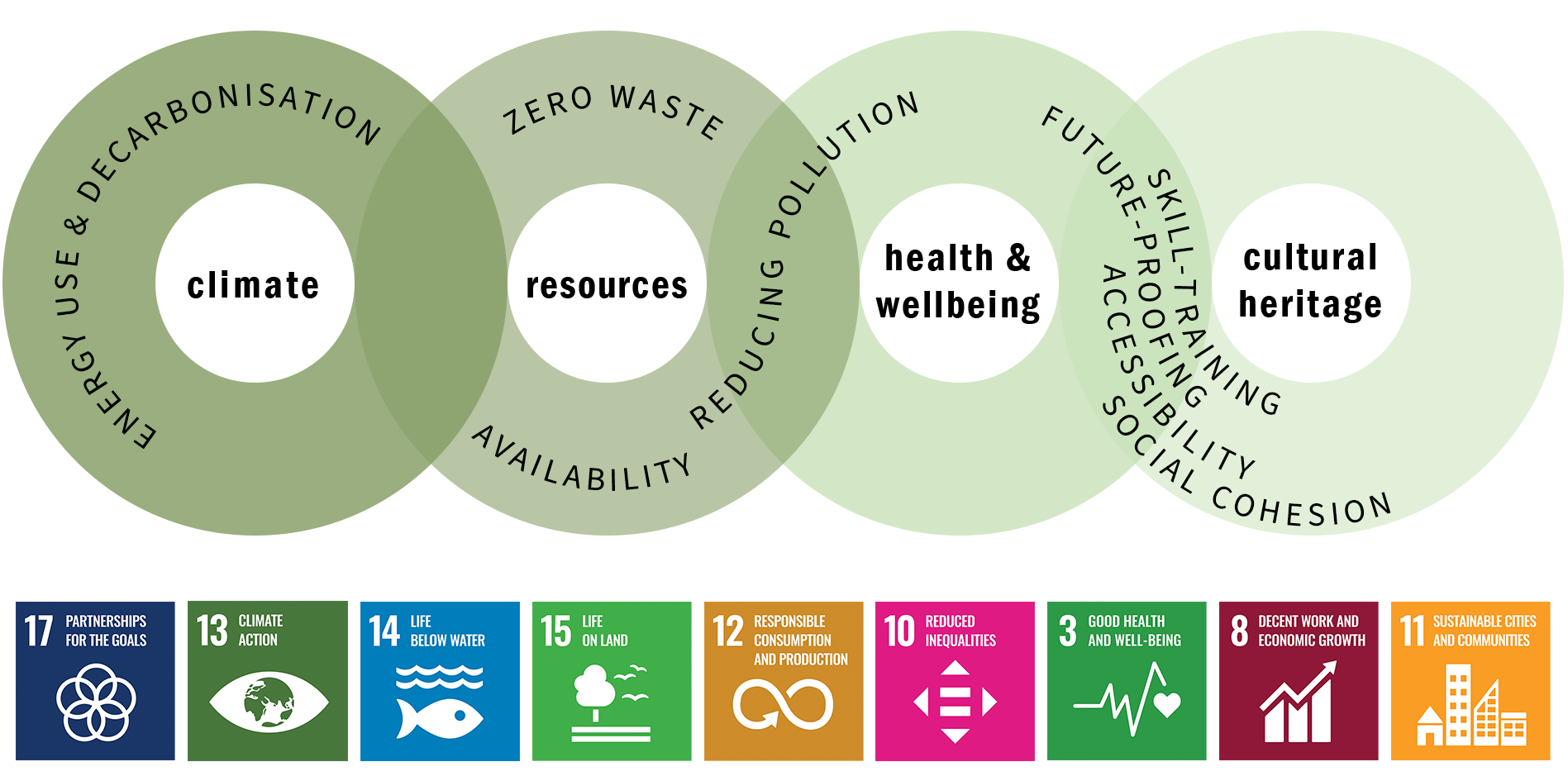
Figure 1. Strategic impact areas identified within the United Nations* 17 Sustainable Development Goals. The model diagram is based upon the approach from the World Green Building Council.
Our research strategy has included:
- compiling a database of policies, pertinent tools, datasets and relevant conservation literature to examine the definitions and usages of green-related terms within and -out our field;
- adopting a sustainability perspective and identifying our key impacts (inspired by strategies used within other industries) (Figure 1);
- incorporating the principles of sustainable green chemistry, LCA and EHS approaches;
- acknowledging the complexity of our decisions and applications;
- ensuring legible, transparent presentation of the parameters for applying in practice.
Additionally, a connected process of research and feedback (Figure 2) has ensured consultation with experts and the broader conservation community throughout. Input from others via workshops, focus groups meetings and surveys (Figure 3) has been unmissable and invaluable in developing and disseminating our work in progress definitions and parameters.
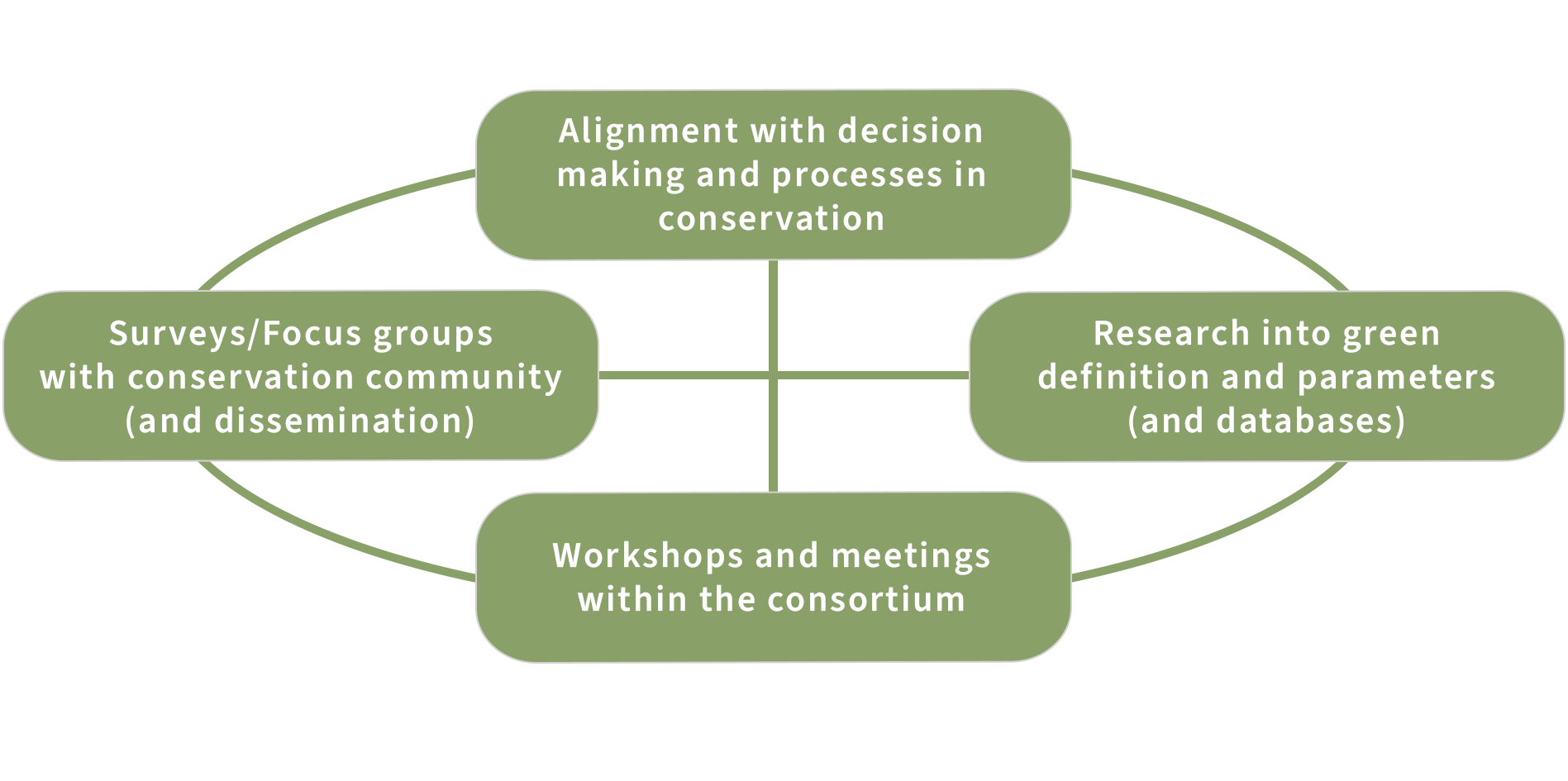
Figure 2. Connecting research and Feedback. Strategy of connected processes for defining Green in Conservation.
DEFINING GREEN/ER CONSERVATION
Watch this three minute video to see how we are defining green conservation
Do you agree with the definition? Do you have comments or suggestions? Please take our survey below.
Disclaimer / acknowledgements
It is acknowledged that the associated assessments are highly complex, and since not all future developments and socio-economic contexts can be foreseen, a timeless definition of green conservation is impossible.
Further, continuing work
The definition and parameters form the base for the GoGreen Digital Support App (DSA) which is being created, and our continuing research aims to provide specific details on frameworks that could be applied in assessments. This work will also form the basis for developing industry standards with the professional bodies.
An FAQ section will be included to address concerns or disagreements raised, as well as tips and links for the future implementation of the definition in conservators’ day-to-day work life.
FEEDBACK
Your feedback
Do you agree with the definition of green conservation? Is it easy to read? Is it relevant to your work? In this brief survey, you have the opportunity to make suggestions or comments.
As part of our research strategy of connecting research with continuous feedback, we would be happy to hear from you.
We thank you very much for your time!
CONTRIBUTIONS
A connected process of research and feedback has ensured consultation with experts and the broader conservation community throughout. International conservation scientists, practitioners, and sustainability leaders from the field were invited to contribute their expertise and knowledge during development of the Green Conservation Definition. Input from all via workshops, focus groups meetings and surveys has been unmissable and invaluable in developing and disseminating our work in progress definitions and parameters.
Too numerous to name individually we would like to thank all participating researchers in the GoGreen consortium, researchers from the GoGreen Cluster projects Moxy and GreenArt, individual external experts, our regular external collaborators including members of GoGreen’s Advisory Board, Professional Association representatives, material suppliers, and all those who joined our open focus group meetings and completed the surveys.
During its development, written work-in-progress versions of the Definition and Parameters of Green Conservation were also shared for feedback with researchers in the GoGreen consortium, and researchers from the GoGreen Cluster projects Moxy and GreenArt via the project coordinators. Additionally, ten external, knowledgeable and respected conservators and conservation scientists who had been invited to the ‘GoGreen ‘Definition and Parameters External Committee’ provided written reviews. For more details on the list of contributors see the project deliverable 8.3.
We are very grateful to all for their positive, detailed and insightful feedback.
Web Page authors
Gwendoline Fife and Julia Wagner, with Bianca Gonçalves, Caitlin Southwick and Katrien Keune.
Definition and Parameters External Committee
